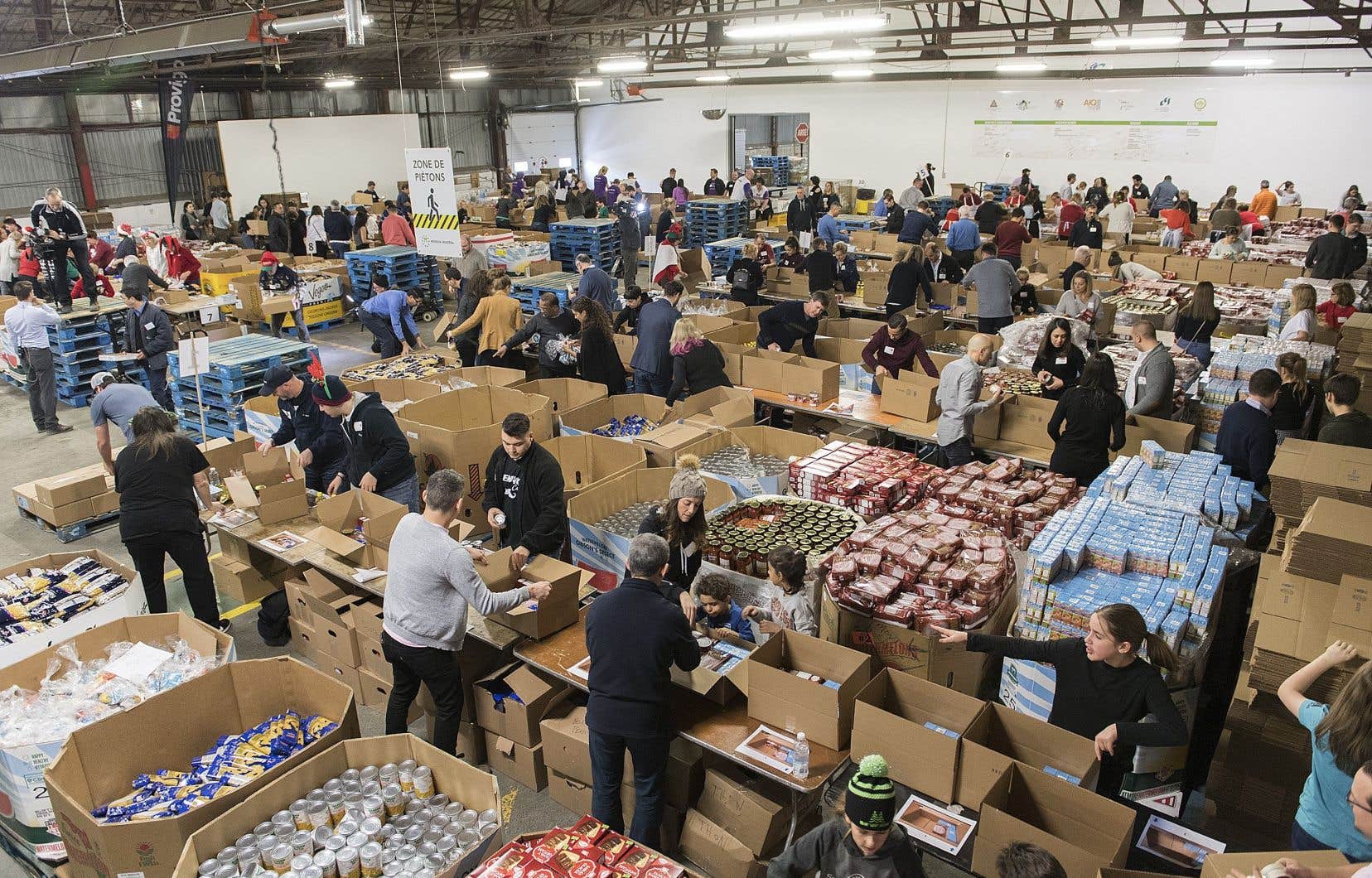This text is part of the special Research section
Applied mathematics can be used to solve real-world problems, such as those encountered by companies in their activities. Through operational research, associate professors in the Department of Operations and Logistics Management at HEC Montréal, Marie-Ève Rancourt and Julie Paquette, work, among other things, to improve the logistics of humanitarian organizations.
“Operational research means trying to understand how an organization works, its reality, its constraints and its objectives, then transforming them into a mathematical formula that will facilitate decision-making,” explains Julie Paquette.
It is by compiling a certain amount of data that a model will be created and improved as tests and feedback from users or people involved in operations progress. “Once, while presenting the solution to drivers [pour améliorer le temps de leur parcours]they pointed out to us that it did not work since it was another type of truck that was used,” explains Marie-Ève Rancourt, who underlines the importance of accessing the right data to correctly carry out the analyses.
Quebec Food Banks
For several years, the two professors have been working with the Food Banks of Quebec (BAQ) on projects leading from the simple formulation of recommendations to the creation of algorithms integrated into software to help with decision-making (software packages).
As part of the Supermarket Recovery Program (PRS), Moisson et Associés members who are responsible in particular for food distribution make a lot of trips. Their project then focused on optimizing routes to collect food. For this, various data were taken into account: the times when the receiving dock in supermarkets was available, the times when food banks could collect these foodstuffs and the quantity of products that a truck could contain. “Often, it is not the retailer’s priority to donate their products to an organization, so if the delivery dock was already in use when the Moisson truck arrived, illustrates Mme Paquette, he had to wait, and the driver was not able to visit all the supermarkets planned. »
Then, with one of her students, Julie Paquette worked on a donation optimization project. “At the time the student did her research, Moisson only had one warehouse in Montreal, from where all the donations were distributed,” explains the professor. Some Moisson members were smaller, further away and did not have the resources to fetch [à l’entrepôt central] donations sufficiently frequently. » They then proposed, based on the study of available data and discussions with the managers of the different centers, to create a second station in Quebec. This made it possible to better distribute donations for Moisson members who are further away.
“At the beginning, food banks did not have the IT tools to manage all of this. In addition to improving the distribution of donations, this made it possible to reduce transportation costs,” adds Julie Paquette.
To carry out this type of project, Mme Rancourt and Mme Paquette faces a number of challenges. Unlike large private companies with a number of resources, they work with a small number of master’s or doctoral students who are apprentices. “Our role as researchers is to make scientific contributions, so they look more like prototypes than real machines,” says Marie-Ève Rancourt.
Concrete improvements
Mme Rancourt recalls working with the United Nations Humanitarian Response Depot (UNHRD), a global humanitarian platform providing supply chain services, a few years ago. The organization had seen great demand in East Africa, but did not yet have warehouses in that region. “The director of UNHRD had the intuition that it was necessary, but could not quantify the benefits that it would bring,” she explains. Thanks to the analysis of existing data, Mme Rancourt and his team carried out various models which made it possible to estimate, thanks to this new network, a cost reduction of 21%.
Mme Rancourt and his students also collaborate with Natural Resources Canada on projects related to forest fires. “We make optimization models to plan evacuations, think about where we would put shelters, which roads to prioritize, for example,” she continues.
The professor still confides that she had to approach humanitarian organizations to convince them to work with her teams. “They do not have a “culture of profit”, are in high demand from academics and often lack the time to devote themselves to this type of project. » However, she notes an increase in demand. “Organizations are increasingly looking to improve their processes,” she emphasizes.
This content was produced by the Special Publications team at Duty, relating to marketing. The writing of the Duty did not take part.
